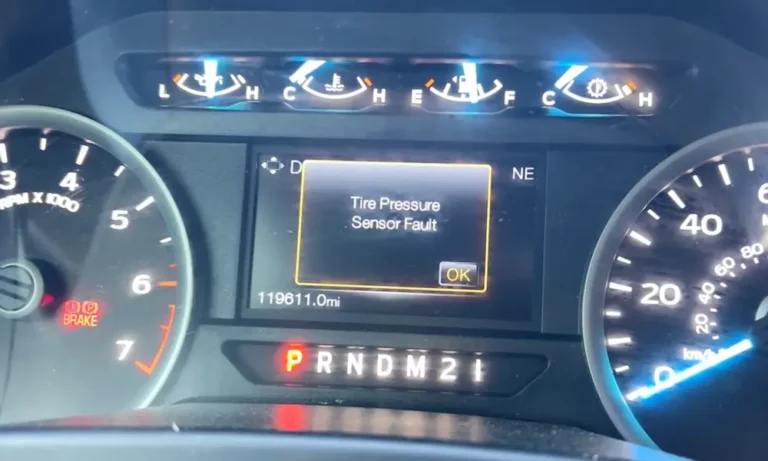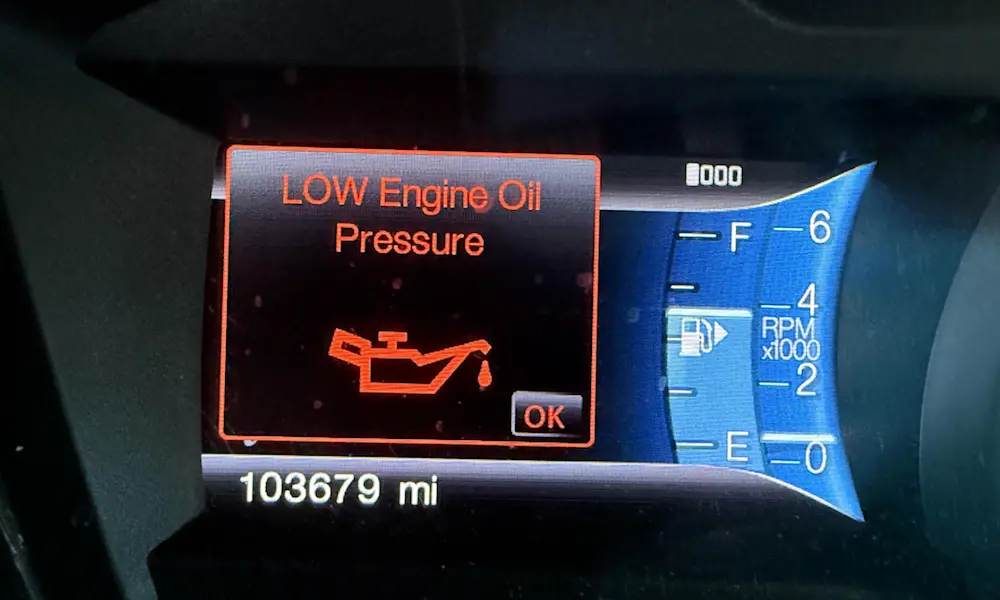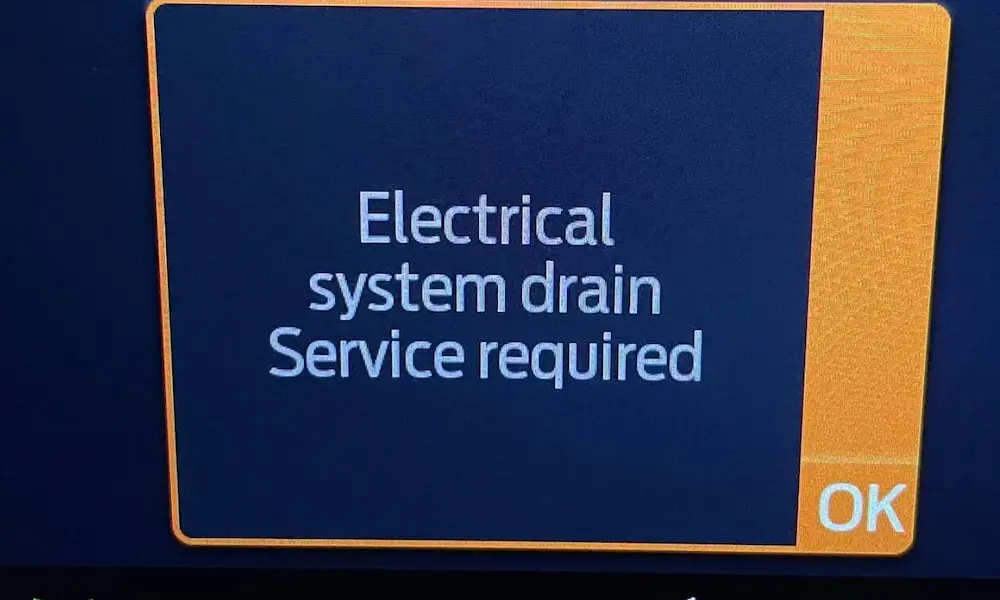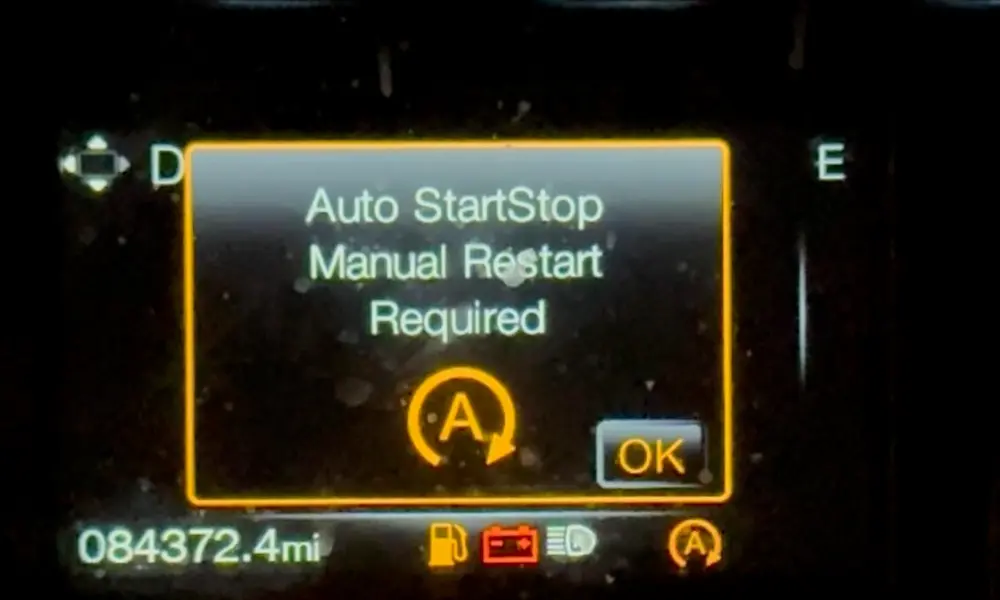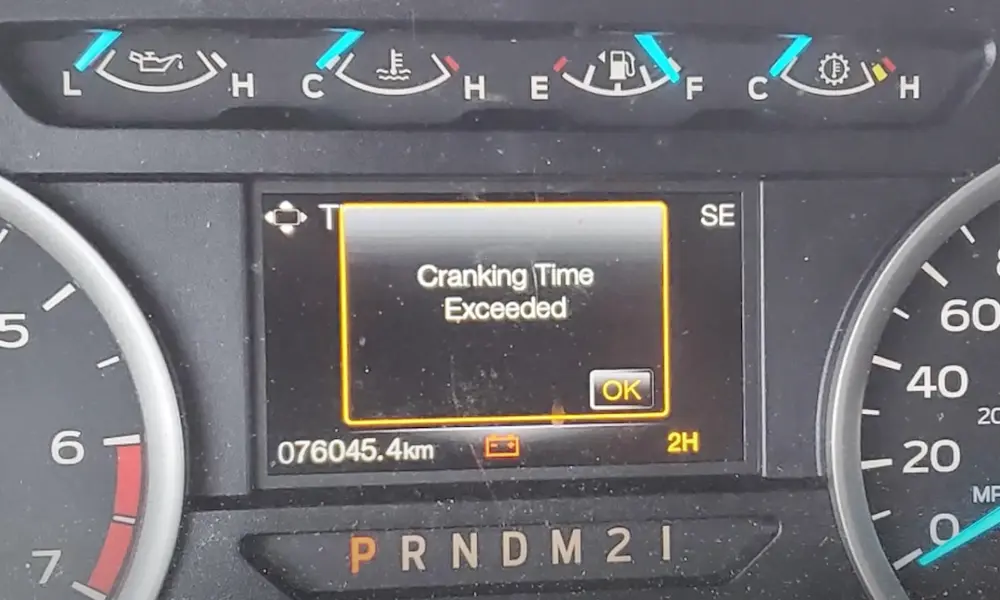You’re cruising along when that pesky tire pressure light pops up on your dashboard. Despite properly inflated tires, the warning light refuses to go away. Don’t worry – you’re dealing with a common Ford TPMS (Tire Pressure Monitoring System) issue that’s usually fixable without a trip to the dealership. This guide will walk you through every method to reset your Ford’s stubborn tire pressure sensor fault.
What Is Ford’s TPMS and How Does It Work?
Ford’s Tire Pressure Monitoring System uses sensors mounted inside each tire to monitor air pressure. When pressure drops below the recommended level (typically 32-35 PSI depending on your model), the system triggers a warning light on your dashboard.
The system serves three key purposes:
- Improves safety by alerting you to potentially dangerous low tire pressure
- Helps maintain optimal fuel efficiency
- Extends the life of your tires through proper inflation
When functioning correctly, this system is incredibly helpful. But when that light stays on despite properly inflated tires, it’s time for a reset.
Common Causes of Ford TPMS Faults
Before attempting a reset, it’s helpful to understand what might have triggered the fault:
- Recent tire rotation: The system may need to relearn tire positions
- Temperature fluctuations: Cold weather can temporarily lower tire pressure
- Sensor battery failure: Sensors typically last 7-10 years before batteries die
- Actual sensor malfunction: Physical damage or electronic failure
- Recently replaced tires: New tires might need system recalibration
A solid TPMS light typically indicates low tire pressure, while a flashing light often suggests a system malfunction like a dying sensor battery.
Basic Reset Method: Using the TPMS Reset Button
Many newer Ford models have a dedicated TPMS reset button, making this the easiest method:
- Ensure all tires are properly inflated to the recommended PSI (check your driver’s door jamb for the correct numbers)
- Turn the ignition to “ON” position without starting the engine
- Locate the TPMS reset button (usually under the steering wheel or in the glove box)
- Press and hold the button until the TPMS light blinks three times
- Release the button
- Start the engine and drive for about 20 minutes to complete the calibration
This simple procedure works for many Ford models including the F-150, Explorer, and Edge.
Drive-to-Reset Method
Sometimes the simplest solution works best. This method is ideal for Ford Fusion, Focus and other models without a dedicated reset button:
- Ensure all tires are properly inflated to their recommended PSI
- Drive your vehicle continuously at speeds above 20 mph for at least 10 minutes
- The system should automatically recalibrate as you drive
Many Ford vehicles are designed to reset automatically during normal driving conditions, making this a hassle-free solution if you have time for a short drive.
Key Cycle Method for 2011 and Newer Models
This sequence works particularly well for Ford models from 2011 onward:
- Without starting the vehicle, insert your key and turn it to the “ON” position and then “OFF” three times in succession
- On the third cycle, leave it in the “ON” position
- Press and hold the brake pedal for 3 seconds, then release
- Turn the key to the “OFF” position, wait about a second
- Repeat the ON/OFF cycle three more times, ending with the key in the “ON” position
- If successful, the horn will beep once and the dashboard will display “TRAIN LEFT FRONT TIRE”
- Follow the onscreen instructions to calibrate each tire
- When complete, turn off the ignition and you should hear two confirmation beeps
This method is particularly effective for Ford Escape, Expedition, and F-Series trucks from 2011-2018.
Ford-Specific Reset Procedures by Model
Ford F-150 (2015-2023)
The F-150 typically uses a straightforward reset method:
- Access the information display using the steering wheel controls
- Navigate to “Settings” → “Vehicle” → “TPMS”
- Select “TPMS Reset” and press OK
- Wait for the confirmation message
- Drive for about 10 minutes above 30 mph for the system to complete its calibration
Ford Explorer (2011-2023)
Explorer models often respond well to this method:
- Ensure all tires are properly inflated
- Turn the ignition to “ON” without starting the engine
- Press and hold the TPMS reset button (located under the steering column) until the TPMS light flashes three times
- Start the vehicle and drive for 20 minutes to complete the process
Ford Escape (2013-2023)
For newer Escapes with digital displays:
- Use the steering wheel controls to navigate to the vehicle menu
- Select “Settings” → “Vehicle” → “Tire Monitor”
- Choose “Tire Training” and follow the on-screen instructions
- When prompted for each tire, use a TPMS tool to activate each sensor or reduce pressure in each tire until you hear a horn chirp
Ford Ranger (2020-2023)
The latest Rangers use a slightly different procedure:
- Navigate to the information display using steering wheel controls
- Select “Driver Assist”
- Find “Tire Monitor” in the menu
- Press and hold the OK button to reset
- Drive approximately 10 miles for the system to fully update and display pressures
Using the Hazard Lights Reset Method
Some Ford vehicles respond to this unique reset sequence:
- Turn the ignition to “ON” without starting the engine
- Turn the hazard flashers on and then off three times within 10 seconds
- If successful, the horn will chirp once and the system indicator will flash
- Train the system starting with the left front tire, proceeding clockwise
- For each tire, decrease air pressure until you hear a horn chirp
- After training all positions, the horn will chirp again and the indicator will stop flashing
- Turn off the ignition and reinflate all tires to the correct pressure
This method works well for some Ford Fusion, Taurus, and older Explorer models.
Using a TPMS Reset Tool
For stubborn cases or older models, a dedicated TPMS tool might be necessary:
- Purchase a TPMS reset/relearn tool (available at auto parts stores for $50-150)
- Follow the tool manufacturer’s instructions to put your Ford in relearn mode
- Hold the tool near the valve stem of each tire in sequence
- Wait for the horn to sound after each successful sensor relearn
- Proceed to all four tires in the required sequence
This method is particularly useful for 2007-2014 Ford models where other reset methods may not work.
| Tool Type | Price Range | Best For |
|---|---|---|
| Basic TPMS Relearn Tool | $50-80 | DIY occasional use |
| Mid-range TPMS Tool | $100-200 | Multiple vehicles or frequent resets |
| Professional TPMS Tool | $200-500 | Advanced diagnostics and programming |
Troubleshooting Persistent TPMS Issues
If standard reset procedures don’t resolve your TPMS fault:
Check for Failed Sensors
TPMS sensors have batteries that typically last 7-10 years. When they die, the entire sensor must be replaced. Signs of sensor failure include:
- TPMS light that flashes for 60-90 seconds before staying solid
- System that won’t reset despite multiple attempts
- Inconsistent pressure readings
Replacement sensors typically cost $40-80 per sensor plus installation ($20-40 labor per wheel). Ford dealerships often charge more than independent tire shops for this service.
The Over-Inflation Reset Trick
Some Ford owners report success with this method:
- Add air to all tires until they’re 3 PSI above the recommended pressure
- Drive for 10 minutes
- Return home and adjust all tires to their correct pressure
- Drive again for another 10 minutes
This sometimes forces a recalibration of stubborn systems.
Check Your Spare Tire
Some Ford models (particularly SUVs and trucks) monitor the spare tire’s pressure. A low spare can trigger a TPMS fault even when your four main tires are properly inflated. Locate and check your spare’s pressure if other reset methods fail.
When You Might Need Dealer Intervention
While most TPMS issues can be resolved at home, these situations might require professional help:
- Multiple failed reset attempts across different methods
- TPMS light that flashes continuously (indicating communication errors)
- Recent accident or impact damage that might have damaged sensors
- Error messages on your information display related to the TPMS system
According to the National Highway Traffic Safety Administration, properly functioning tire pressure monitoring systems are an important safety feature that can reduce accidents caused by underinflated tires.
Maintaining Your TPMS System
To prevent future TPMS headaches:
- Check tire pressure monthly and before long trips
- Have TPMS sensors inspected when replacing tires
- Be cautious with tire sealants, as some can damage sensors
- Consider preventative sensor replacement when batteries approach the 7-year mark
- Always perform a TPMS reset after tire rotation or replacement
Tools That Make TPMS Resets Easier
Several affordable tools can simplify the TPMS reset process:
| Tool | Price Range | What It Does |
|---|---|---|
| Digital Tire Pressure Gauge | $10-20 | Ensures accurate inflation |
| TPMS Reset Tool | $50-150 | Communicates with sensors for relearning |
| OBD-II Scanner with TPMS Functions | $70-200 | Reads TPMS-specific error codes |
| Valve Core Tool | $5-10 | Helps when reducing pressure during training mode |
Maintaining proper tire pressure isn’t just about avoiding that annoying dashboard light—it directly impacts your safety, fuel efficiency, and tire lifespan. The U.S. Department of Energy estimates that properly inflated tires can improve gas mileage by up to 3%, saving you money with each fill-up.
Now that you’re equipped with multiple methods to reset your Ford’s tire pressure sensors, that pesky warning light should no longer be a mystery. Remember to try the simpler methods first before moving on to more complex procedures, and don’t hesitate to seek professional help if you suspect sensor failure rather than just a reset issue.

